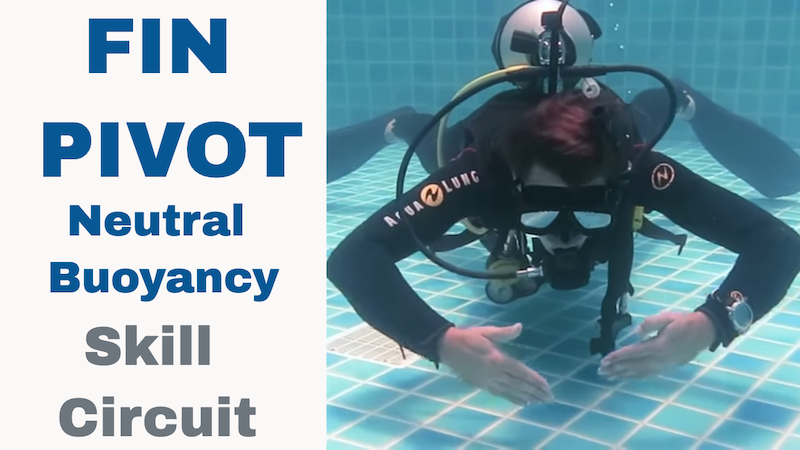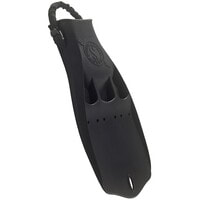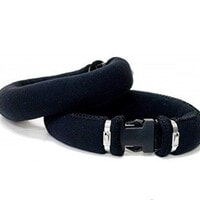Fin Pivot - How To Establish Neutral Buoyancy
The Fin Pivot is one of the oldest techniques that you can use to practice controlling your buoyancy with your lungs. It is very important to have great buoyancy while scuba diving and try to use our lungs as the main part to control that buoyancy. The Fin Pivot is perfect to learn to use your lungs the right way in the beginning or your scuba diving lessons.
Is the Fin Pivot an out of date skill?
The Fin Pivot used to be a performance requirement in the PADI Open Water Diver Course. Some years ago PADI updated standards and made it a flexible technique to choose when practicing buoyancy with your students.
The reason for this was because many people had what we call floaty ankles. This made it very hard on them to perform this scuba diving skill. So now it is optional to teach the Fin Pivot in the Open Water course. If you choose not to teach the Fin Pivot, then you need to replace it by another buoyancy technique like for example hovering.
The reason for this was because many people had what we call floaty ankles. This made it very hard on them to perform this scuba diving skill. So now it is optional to teach the Fin Pivot in the Open Water course. If you choose not to teach the Fin Pivot, then you need to replace it by another buoyancy technique like for example hovering.
Steps for the PADI Fin Pivot Skill
1. Make sure you are fully deflated
2. Lay flat on your belly
3. Spread your legs and try to stretch them
4. Inhale and see if you start to rise
5. If not than add a little bit of air into your BCD by using the inflator button of your LPI
6. Take another deep breath (if you still don't rise, then repeat the steps before)
7. When you inhale you should start to rise
8. When you start rising start exhaling as there is a delay in buoyancy and the size of your lungs
9. try not to kick, scull and do "push-ups" with your hands
10. Be streamlined and only rise and fall using your lungs
Important: Make sure the when you perform the Fin Pivot that your fins are not touching any aqua life.
Have a look at this video we made for the Fin Pivot skill:
2. Lay flat on your belly
3. Spread your legs and try to stretch them
4. Inhale and see if you start to rise
5. If not than add a little bit of air into your BCD by using the inflator button of your LPI
6. Take another deep breath (if you still don't rise, then repeat the steps before)
7. When you inhale you should start to rise
8. When you start rising start exhaling as there is a delay in buoyancy and the size of your lungs
9. try not to kick, scull and do "push-ups" with your hands
10. Be streamlined and only rise and fall using your lungs
Important: Make sure the when you perform the Fin Pivot that your fins are not touching any aqua life.
Have a look at this video we made for the Fin Pivot skill:
How to solve floaty ankles when Scuba Diving?
Floaty ankles can be an annoyance while scuba diving. Especially if you try to perform the PADI Fin Pivot Skill. To solve floaty ankles we recommend you to purchase heavy fins and/or ankle weights. Have a look at these two items:
Next Skill: CESA - Controlled Emergency Swimming Ascent
|
|
|
|
Marcel van den Berg
PADI Platinum Course Director
PADI Platinum Course Director
SCUBA DIVING TIPS
Privacy Policy
Disclaimer
As an Amazon Associate I earn from qualifying purchases.
All content on this website and URL are owned by Sairee Cottage Diving PADI 5-Star IDC Center S-36452
Copyright 2017 - 2022 | All Rights Reserved
Disclaimer
As an Amazon Associate I earn from qualifying purchases.
All content on this website and URL are owned by Sairee Cottage Diving PADI 5-Star IDC Center S-36452
Copyright 2017 - 2022 | All Rights Reserved





